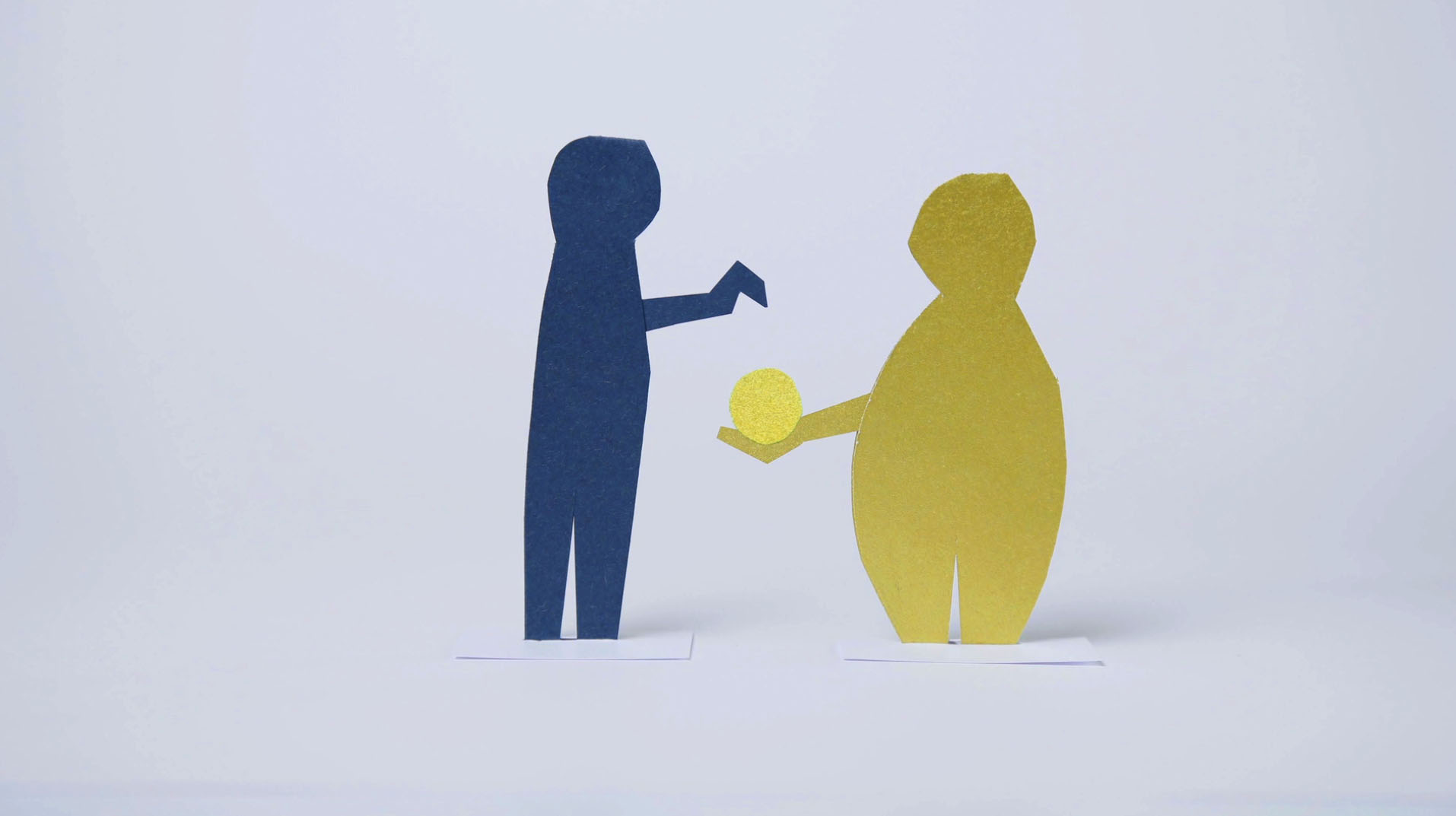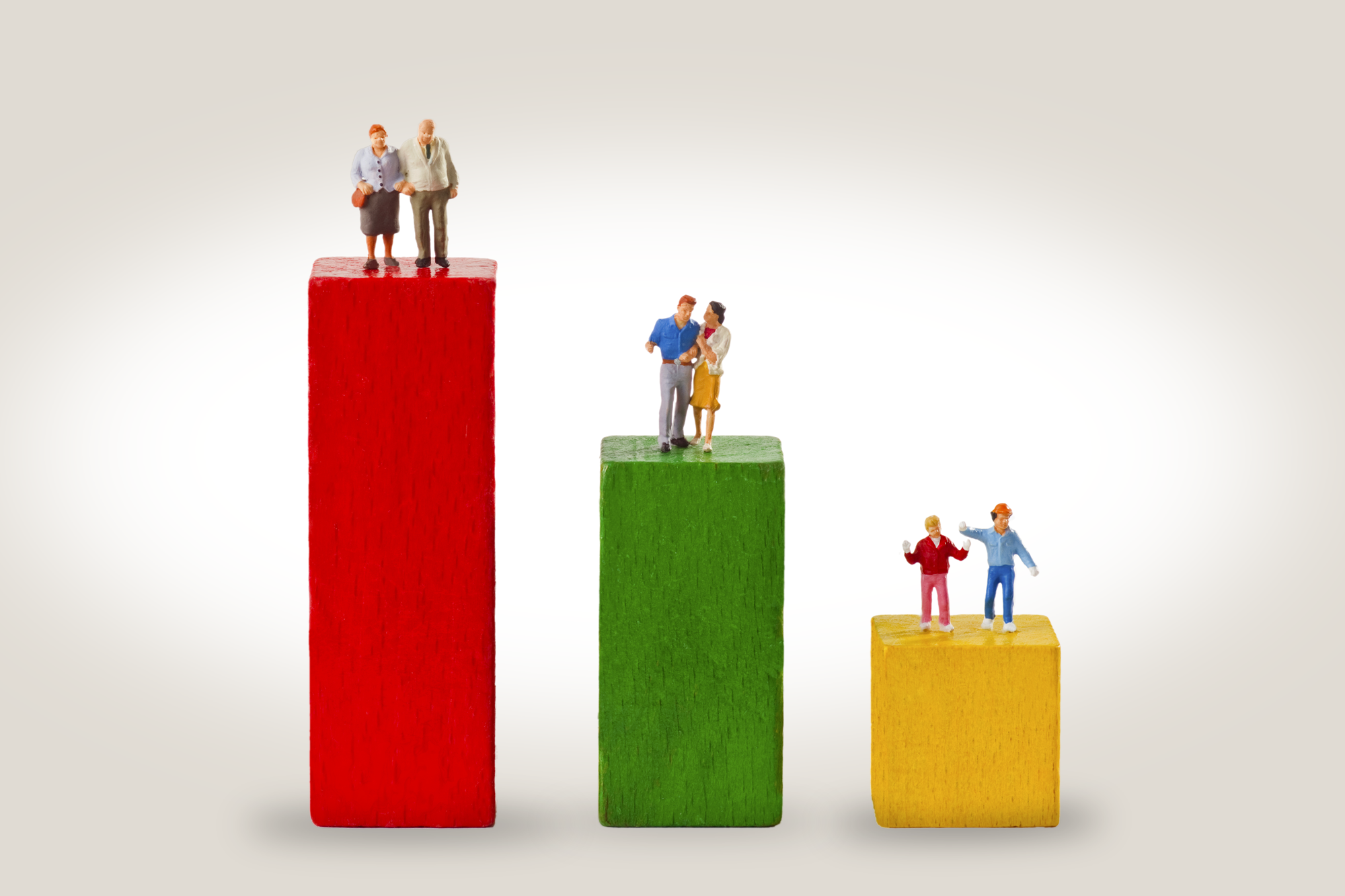Switzerland: the champion saver of Europe

Public debt in non-EU Switzerland corresponds to barely 33% of gross domestic product (GDP), while the EU average is more than 85%. Yet almost every year the Swiss government comes up with new ways to cut public spending. Financial prudence or a savings mania?
“Switzerland is heading towards bankruptcy,” declared the weekly magazine Facts in 1997 after a series of deficits in the state coffers running into the billions. The magazine folded a few years later, while the Swiss public accounts are today in good shape.
Actually they are in excellent shape. Along with Norway – where income from oil boosts revenue – Switzerland is the only European country to have reduced its public debt since the beginning of the economic and financial crisis in 2007.
What’s more, it did this without renouncing the implementation of costly infrastructure, such as the new Gotthard Rail Tunnel – the longest in the world – which was officially opened on June 1.
Having remained outside the European Union, Switzerland belongs to those very few European countries that have fulfilled, from the start, the Maastricht Treaty’s “convergence criteria”, designed in 1992 to ensure that a member state’s economy is sufficiently prepared for economic and monetary union and the adoption of a single currency, the euro. In order to adhere to monetary union, candidate countries had to strive above all to keep public debt below 60% of GDP.
Since then, Swiss public finances have been able to benefit from an unexpected economic robustness which has enabled the government to maintain sound fiscal revenue.
The Swiss economy, which experienced a downturn only in 2009, rapidly came out of the international crisis: consumption has held up, exports haven’t collapsed despite weakening demand from EU markets, and the unemployment rate has remained between 3%-4%.
A real advantage for Switzerland has been the fact that the ratio of public spending to GDP has traditionally been low compared with other European countries:
However, a determining factor in guaranteeing the good health of the public coffers has been the “debt brake”, a mechanism introduced by the government in 2003 to avoid structural imbalances in state finances and prevent debt growth, as happened in the 1990s.

More
The debt brake solution
The debt brake has enabled the rapid rebalancing of public finances.
The financial balancing is shared among all political forces, given that the agreed aim is not only to reduce expenses destined for paying off interest on debt but also to strengthen Switzerland’s resistance to new crises. But for some parties – and some economists – the policy of saving is now excessive: in the past decade the government has reported surpluses even in years when the economy has slowed down.
In spite of these advantages, every year the government presents new plans to cut public spending. According to the political left, state finances should be spent mainly on reinforcing the welfare state, supporting the economy and creating jobs in economic downturns. For those in the centre and on the right, the economy doesn’t need state support but rather further tax relief.
Despite the positive trend of the federal finances, fiscal policy has been one of the most fiercely debated issues in parliament for years. This year, within the framework of the new reforms on company taxation, the majority of those in the centre and on the right approved a series of relief measures worth billions of francs for companies. These reforms represent an attack on the state coffers, say those on the left, who intend to launch a referendum.
At the same time, Finance Minister Ueli Maurer from the conservative right Swiss People’s Party has already announced three savings schemes for next year. These will affect in particular social security, education and foreign aid. Untouched, on the other hand, will be national defence, agriculture and road transport. These plans, too, are subject to heavy fighting between the parties.
Like the other countries in Europe, Switzerland has to tackle – and soon – two factors which threaten to weigh heavily on public spending: an ageing population and the explosion in health costs. Over the next 30 years, some CHF150 billion ($155 billion) will be needed to cover the costs connected to the changing demographics, says a new report from the finance ministry on the long-term prospects of the country’s public finances. Without savings measures or increasing tax revenue, public debt will increase to 59% of GDP by 2045.
Do you think state finances should be spent on supporting the economy and creating jobs as the political left argue, or does the economy need tax relief as the political right say?
Translated from Italian by Thomas Stephens

In compliance with the JTI standards
More: SWI swissinfo.ch certified by the Journalism Trust Initiative





You can find an overview of ongoing debates with our journalists here. Please join us!
If you want to start a conversation about a topic raised in this article or want to report factual errors, email us at english@swissinfo.ch.